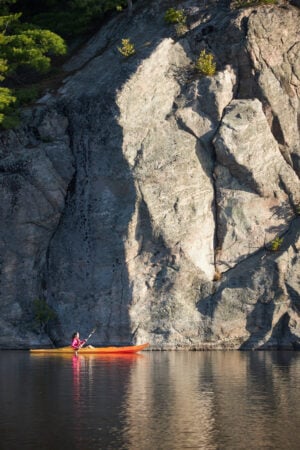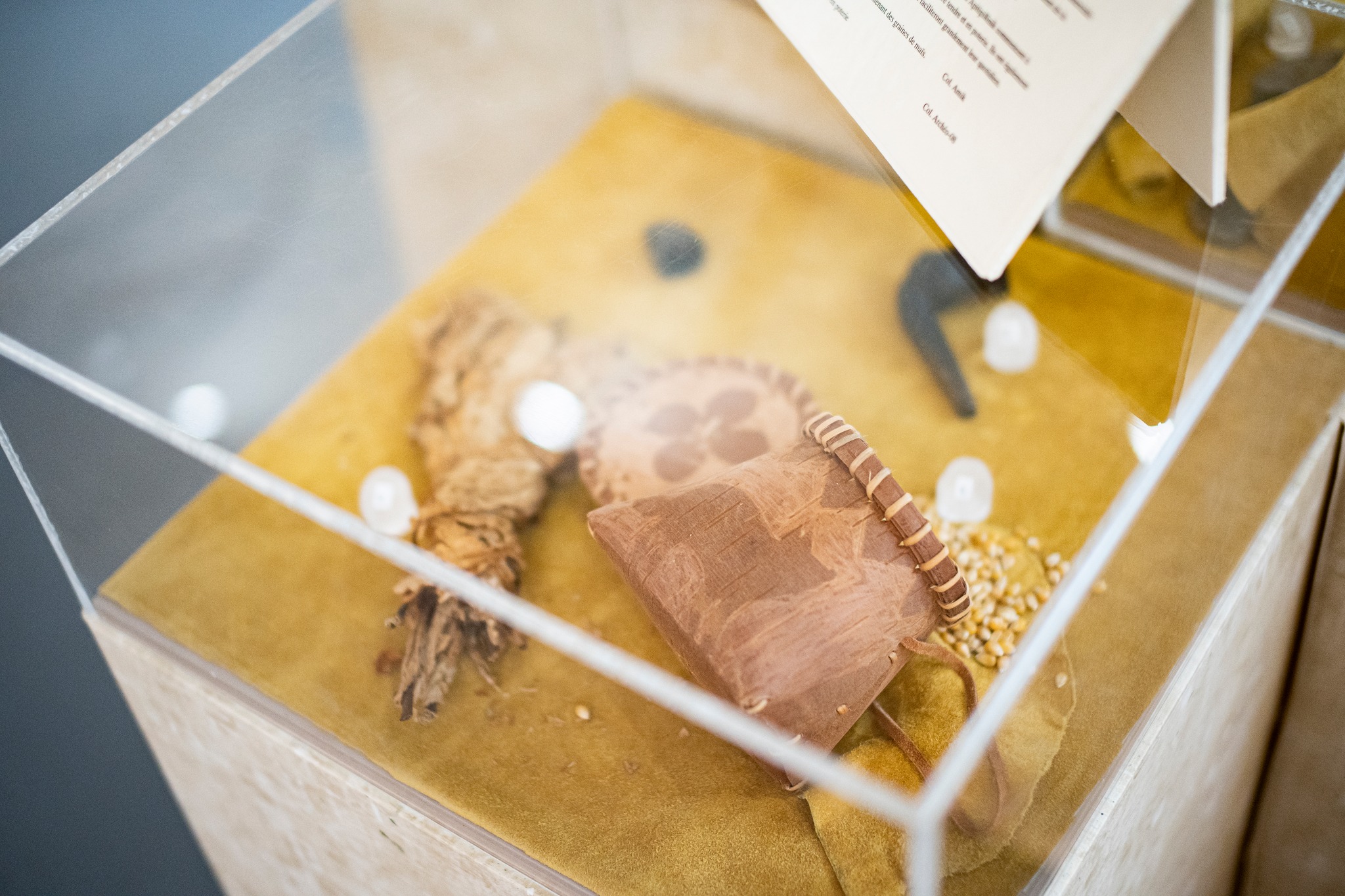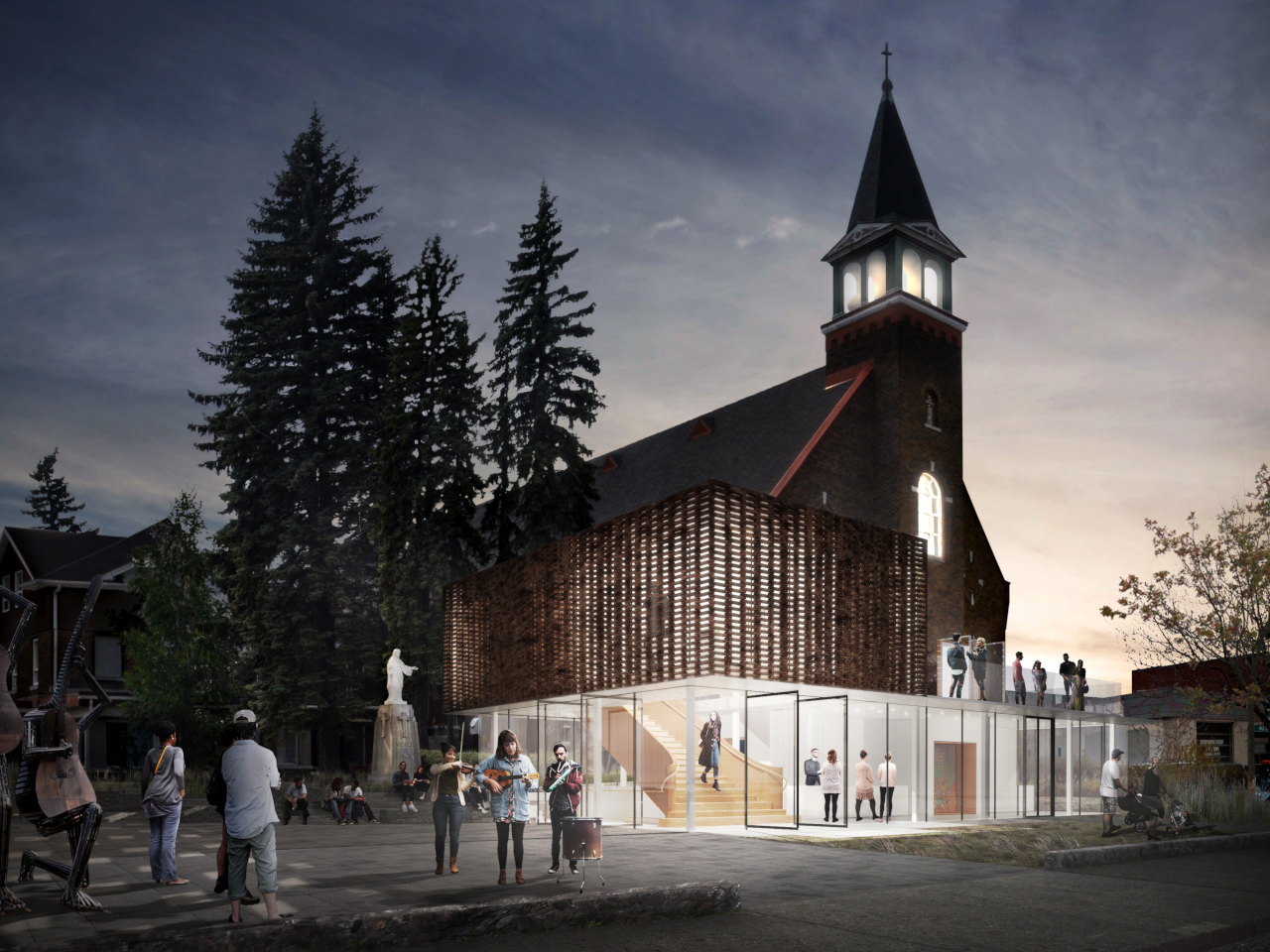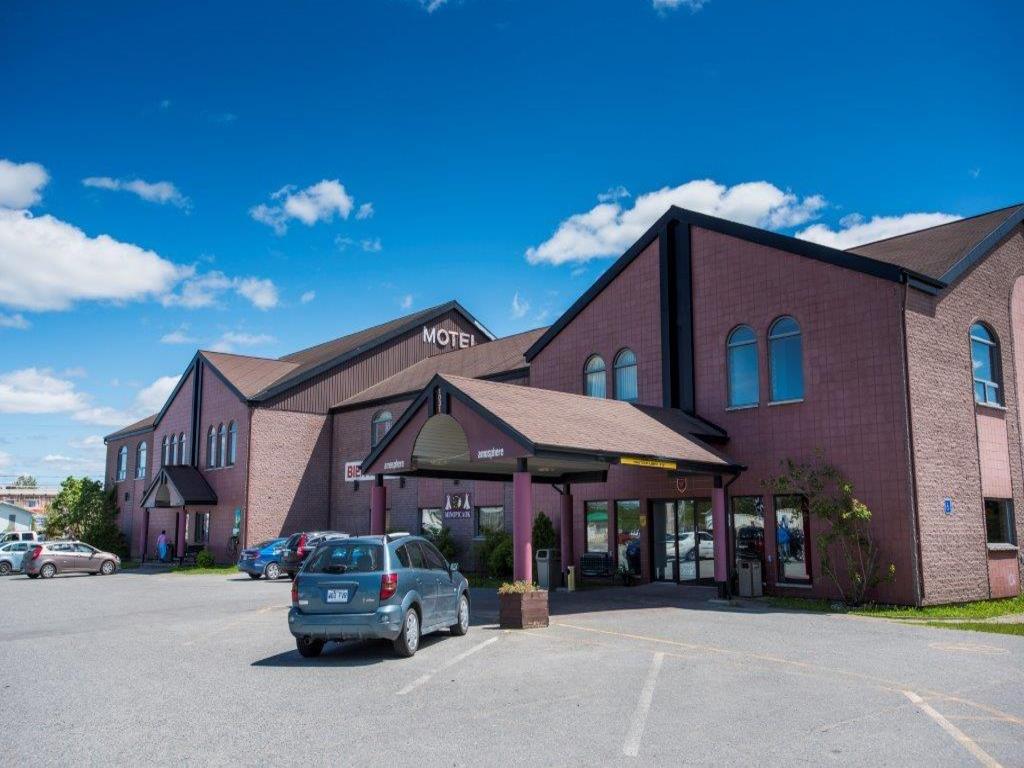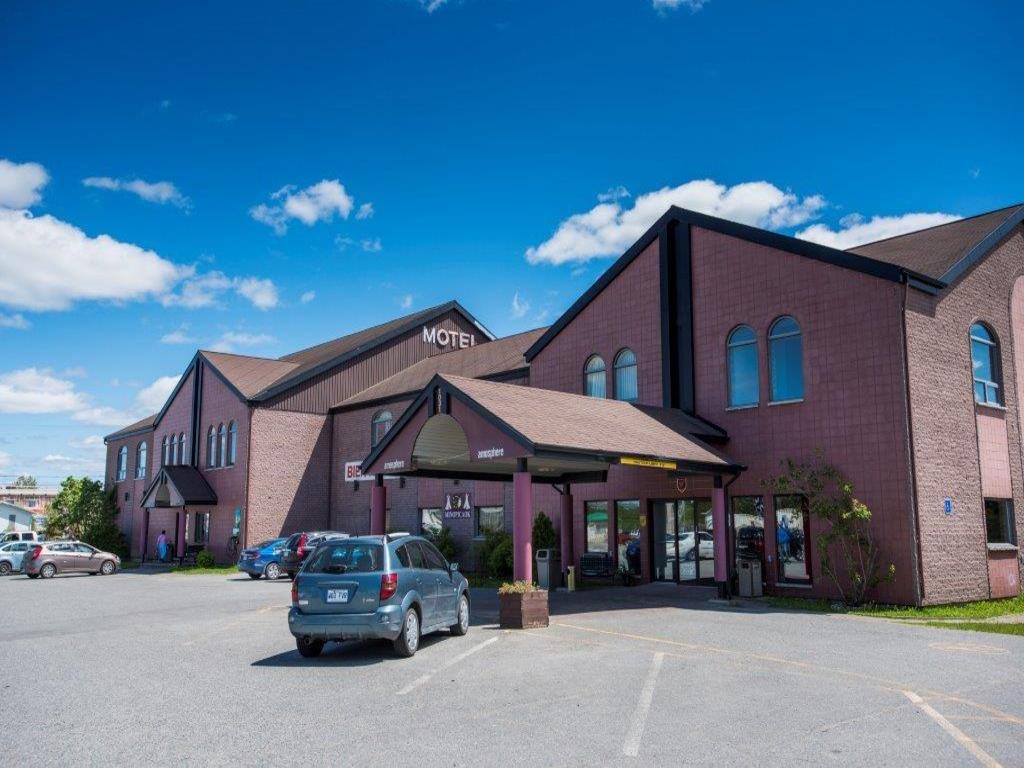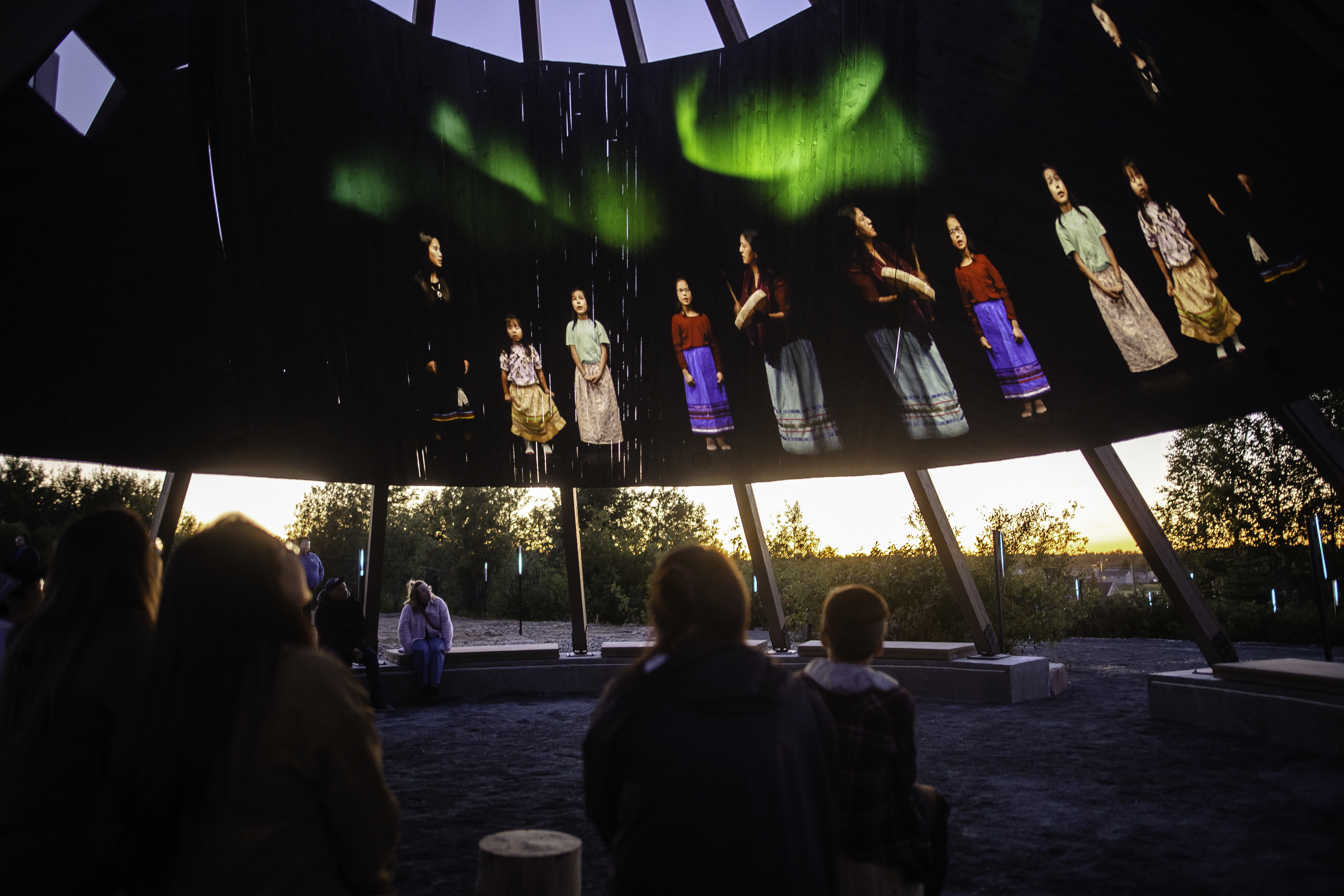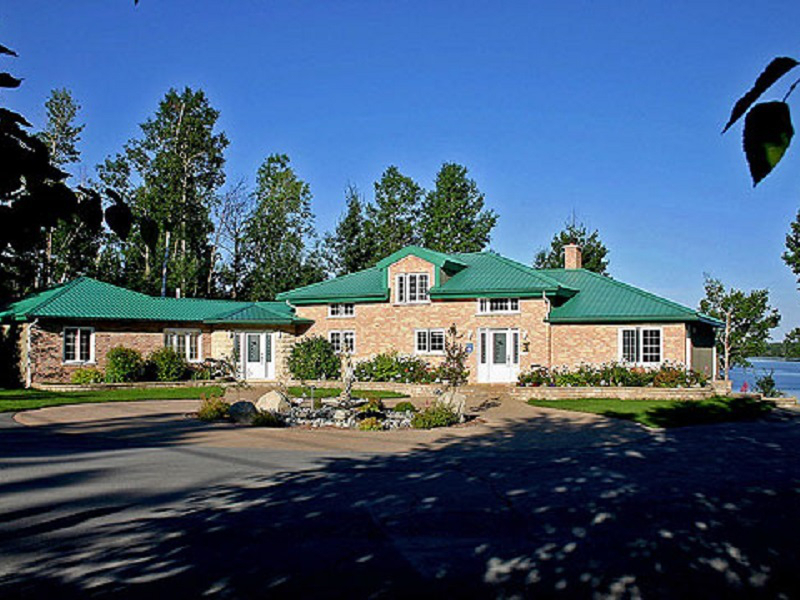In case you were not listening.
1. Knowing where you’re going
There’s something we have to say right away. Abitibi-Témiscamingue is not the north. Maybe it’s more to the north than your home, maybe, but it’s especially to the west. Really to the west. Just a little more to the west and you’re in Ontario. That’s also the territory of seven Anishinaabe Nation communities, who have lived there for some thousand years, and whose history and culture are omnipresent.
2. Prepare for the road
It’s true, it’s a long road to get to Abitibi-Témiscamingue, but everything is a question of perspective and preparation. You must first choose your way, since, when leaving from Montreal, there are two possible options. The first consists of taking the 117 to arrive through Val-d’Or and the second, is taking the 417, which runs through Ontario and ends in Timiskaming.

Credit : Christian Leduc
In both cases, the trip is a real opportunity to suspend the passage of time and to let yourself be amazed by new horizons. On the 117, the crossing of the La Vérendrye Wildlife Reserve will wow you with its forest as far as the eyes can see and its many bodies of water. As for the 417, it holds many beautiful surprises, such as the Matawa crossing, which makes you feel like you’re one with nature.
The road to the region is an integral part of the experience. It represents an opportunity to dream of territory, to anticipate adventure, and to get lost a little, a lot, or passionately in your thoughts. With a well-curated playlist (why not listen to a couple of artists of the region?), good company (to avoid arguing about the playlist), some breaks to stretch your legs and a meal with local flavours when you arrive in Val-d’Or or in Témiscamingue, you will drop your suitcases with a feeling of victory, of accomplishment.
3. Knowing your distances
There are 65 municipalities in the region, stretched over no less than 65,000 square kilometres. The communities are tightly-knit, but physically far from one another. It is thus crucial to consider the travel time between the various sectors and activities to avoid bad surprises and overloaded schedules! Nevertheless, between the largest cities, it is worth paying attention to the hidden treasures of some villages, whether by stopping to visit an artistic fountain, a lookout tower, a covered bridge, a roadside snack or a surprising museum.

4. Enjoy the territory
Abitibi-Témiscamingue boasts a fauna and a flora that are rich and diversified. While the boreal forest dominates the Abitibi sector, it is mainly a mixed forest that covers the Témiscamingue. The geological phenomena and the bodies of water in exponential quantities also give the region its charm. Visiting Abitibi-Témiscamingue, is thus to be ready to travel its territory and discover its nature in multiple sites specifically dedicated to highlighting its riches.
